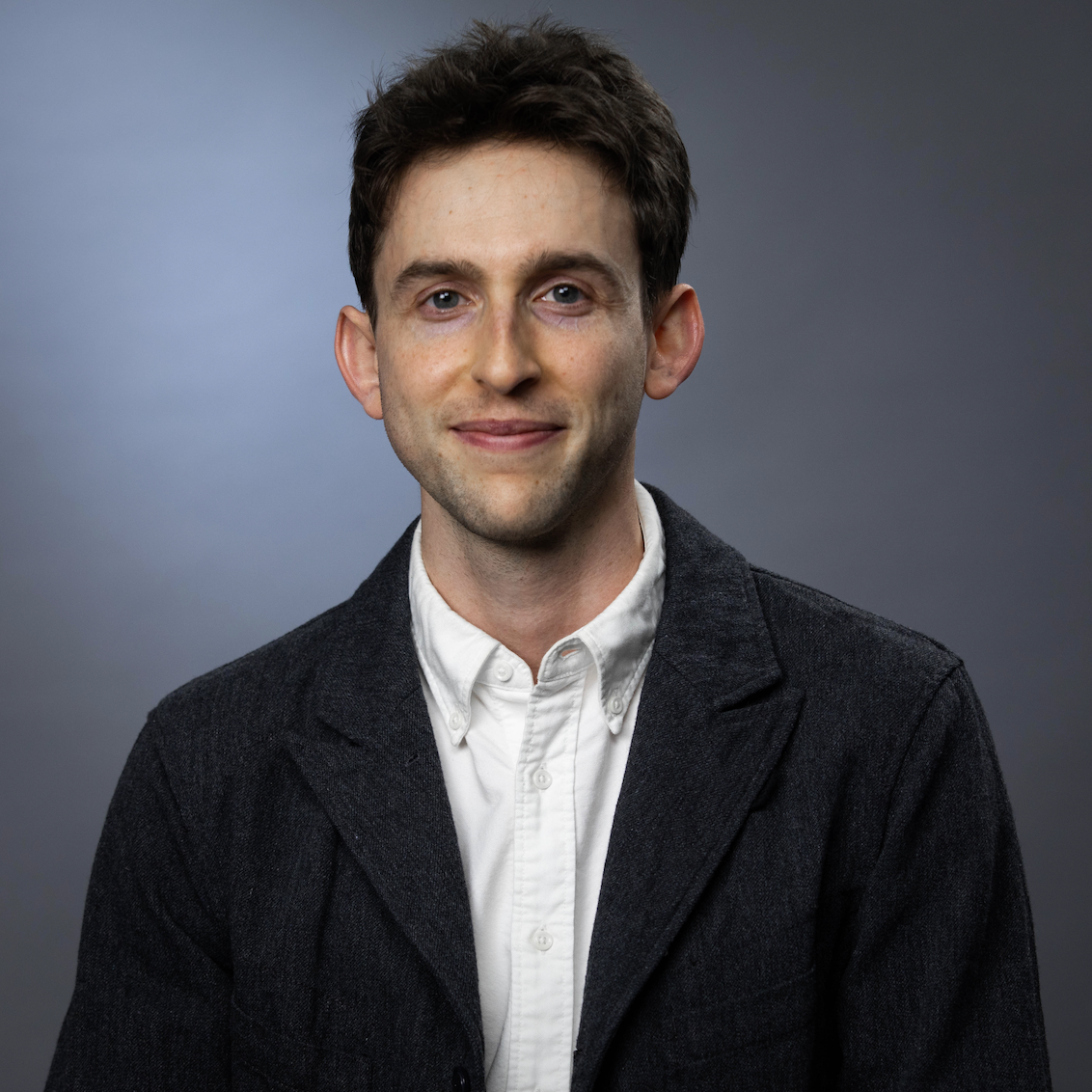Gluck-Thaler is named the 2024-2025 Tomash Fellow

MINNEAPOLIS / ST. PAUL (5/9/24)—We are delighted to announce that Aaron Gluck-Thaler has been awarded the 2024-2025 Erwin and Adelle Tomash Fellowship for his dissertation project, “The Pattern Recognizers: Surveillance, Security, and the Making of Identity in 20th Century America.” He is a doctoral candidate working with renowned historian of science Peter Galison at Harvard University’s Department of the History of Science.
Gluck-Thaler’s honors are especially extensive and impressive. He is a Harvard Frank Knox Fellow, a Mellon Foundation Fellow (American Philosophical Society), a Canada Program Fellow (Harvard’s Weatherhead Center), and an IEEE History Center Fellow. His accomplishments prior to joining Harvard’s Department of the History of Science are also stellar, including a Rhodes Scholarship at the University of Oxford.
Gluck-Thaler has presented his work at top conferences, such as the Society for the History of Technology’s (SHOT) Special Interest Group for Computing, Information, and Society (SIGCIS) and the Society for Social Studies of Science (4S). He has also given invited presentations at Harvard’s Berkman Klein Center and other prestigious venues. Gluck-Thaler earned two Master’s of Science degrees from the University of Oxford (History of Science, Medicine, and Technology; and Social Science of the Internet, both with distinction), and a bachelor’s degree from McGill University in Mechanical Engineering.
In addition to his published scholarship, Gluck-Thaler has led the development of “Surveillance: From Vision to Data,” a major public history exhibit now on view at Harvard’s Collection of Historical Scientific Instruments.
We were also thrilled to recently learn that Gluck-Thaler has accepted a tenure-track Assistant Professor position in the Department of History at Northeastern University, an appointment he will begin following his Tomash Fellowship year.
Gluck-Thaler’s doctoral project examines the historical conditions under which artificial intelligence, machine vision, and other computational techniques became used for surveillance. His project considers how in the 20th century scientists across multiple disciplines began using patterns to produce knowledge about identity. Tracing the emergence of computer-enabled pattern recognition techniques in the 1950s through the 1960s, Gluck-Thaler analyzes how pattern recognition research in the United States became entangled with the surveillance priorities of U.S. intelligence agencies. Under the looming possibility of nuclear war, scientists argued that pattern recognition techniques could address diverse problems of surveillance, from Morse code transcription to aerial photography interpretation and facial recognition. Gluck-Thaler argues that these advocacy efforts, as well as the technical field of pattern recognition’s distinctive approach to producing knowledge, in turn shaped the surveillance techniques, ambitions, and programs of postwar intelligence agencies.
The Tomash Fellowship is named in honor of the founders of the Charles Babbage Institute, Erwin and Adelle Tomash. We are incredibly grateful for their vision and support in CBI’s formative decades, for the establishment of this fellowship at the start of CBI in 1979, and to the Tomash Family for their continuing generosity.
Jeffrey R. Yost